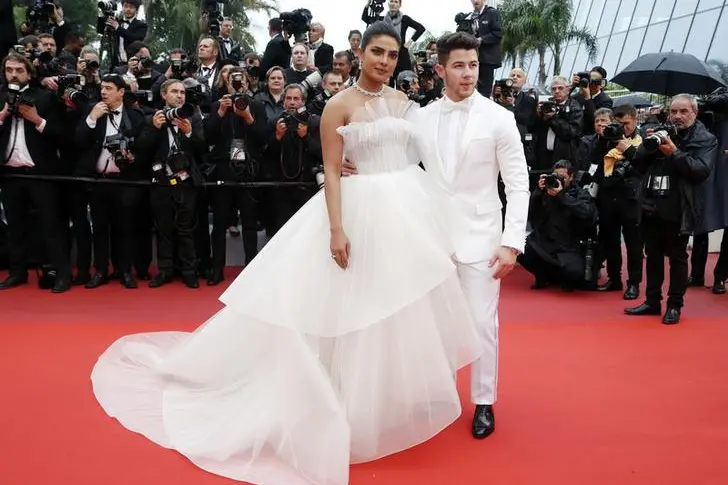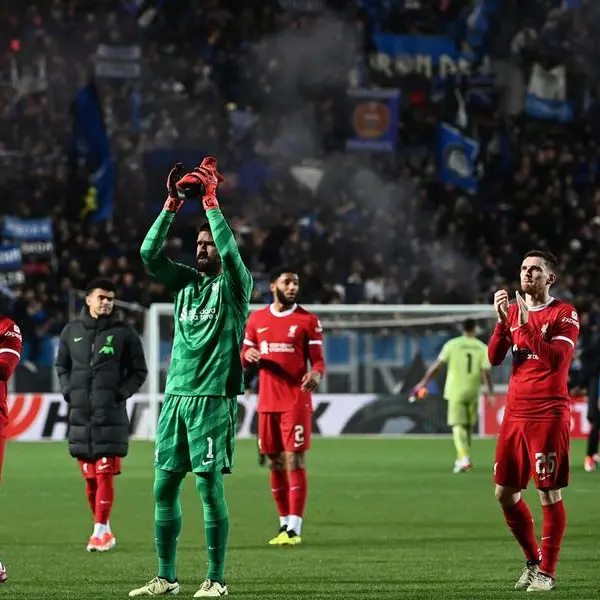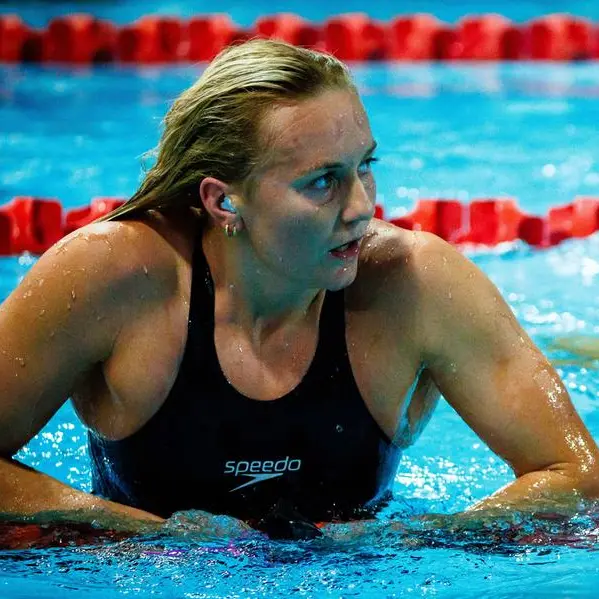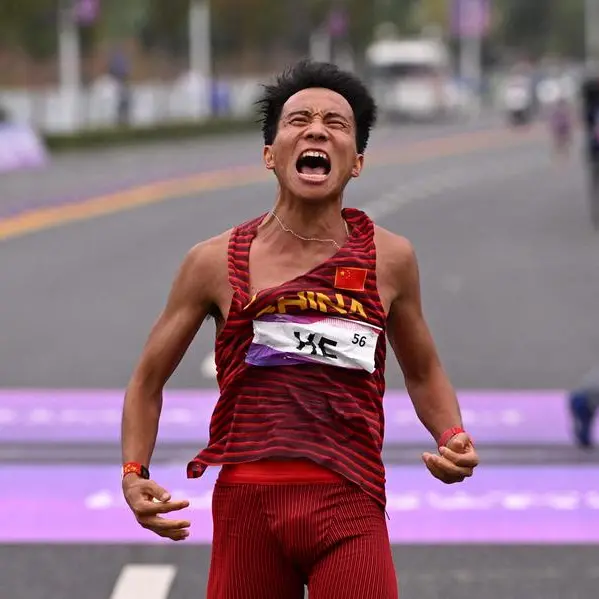PHOTO
DUBAI: Bollywood has long been popular in the region. The Gulf is Indian cinema’s largest overseas market, and — in return — Bollywood has fallen in love with fashion from the Middle East. The two have plenty in common: not least a passion for opulence, (melo)drama and craftsmanship.
No major red-carpet event in India is complete without at least a couple of leading ladies wearing a gown from an Arab designer — and designers from, or based in, the Middle East are increasingly becoming the “go-to” for Indian actors at international film festivals too. At the most recent edition of the Cannes Film Festival, for example, Priyanka Chopra wore a white strapless gown from Lebanese designer Georges Hobeika, Aishwarya Rai wore a white gown by Beirut-based Ashi Studio, Kangana Ranaut opted for a sheer embroidered gown by Dubai-based Filipino designer Michael Cinco and Diana Penty was spotted in a yellow dress with feather details by Oman’s Atelier Zuhra.
Mohit Rai, one of India’s leading celebrity stylists, started his career with Harper’s Bazaar India and made the switch to working with Bollywood several years ago. His client list includes Kareena Kapoor Khan, Sonakshi Sinha and Shilpa Shetty. He says, “The Middle East is the only other region apart from India that really appreciates a high level of couture and craftsmanship. Their common aesthetic is a major reason for Indian stylists looking to Middle Eastern fashion. Plus, Arab designers are able to combine the Parisian and European flair for pattern cutting while retaining the Indian love for embellishment.”
With many designers from the Middle East showing at Paris Couture Week (this year, Maison Rabih Kayrouz became the second Arab designer after Elie Saab to be authorized by the French Couture Federation to use the tag haute couture), they understand silhouette and tailoring, and because the region has a heritage of handcrafted beading and threadwork, they are able to marry the best of East and West.
Dubai-based Syrian designer Rami Al-Ai recently worked with Bollywood star Kareena Kapoor Khan. “We both appreciate the same beauty, and there’s a lot of similarity in the way they celebrate life. Both have this kind of dramatic celebration when it comes to weddings and functions.” Indeed, when Deepika Padukone married Ranveer Singh last year, she turned to acclaimed Lebanese designer Zuhair Murad for one of her wedding looks.
There are designers in India who specialize in red-carpet fashion, and while their surface embellishments are impeccable, their fit often is not on par with their embroidery. Historically Indian fashion is more about drape than construction, as Rai points out.
“I do not think India has enough designers catering to the Western evening wear segment in a very couture category such as the Middle Eastern ones,” he tells Arab News.
His favoured Arab designers include Beirut-band ased Saudi Arabian designer Mohammed Ashi of Ashi Studio, Kuwait’s Yousef Al-Jasmi, Dubai based Atelier Zuhra. Whereas Hollywood tends to go with the region’s best-known designers such as Elie Saab and Zuhair Murad — who both have a strong international retail presence — Bollywood is happy to work with both seasoned and emerging designers.
A shared aesthetic is what makes Arab design appeal to Bollywood’s stylists, but there is also a more pragmatic reason for the synergy between the Bollywood red carpet and Middle Eastern fashion: Their geographical proximity.
Ami Patel is one of the best-known celebrity stylists in India and works with stars including Priyanka Chopra, Alia Bhatt and Kananga Ranaut. She finds it easier to work with the Middle East than Europe, she says.
“I think Middle Eastern designers understand the Indian body type and silhouette very well. They know exactly what Indian celebrities want and cater to them. Since the countries are in close proximity working with them becomes easier.”
Patel adds that she finds designers from the region can work on quick turnarounds and are able to tweak designs when needed. Indian women do tend to be curvy, so regular European sample sizes are often just not an option for many of India’s leading ladies. And whereas European fashion houses may have only heard of Indian actors who have done international work — such as Priyanka Chopra or Deepika Padukone — designers from the Middle East are familiar with the landscape of Indian cinema, meaning they are easier to approach. As Patel says, “Middle Eastern designers follow Bollywood films and stars very closely and it’s a great amalgamation which has some really great outcomes.”
One recent look of which Patel is particularly proud is Alia Bhatt’s appearance in a midnight-black Zuhair Murad gown at the Indian International Film Academy Awards in New York.
“It was a really special look for me,” she says. “The gown was stunning; it had such beautiful delicate embroidery which gave an illusion as if the entire constellation of stars had descended onto Alia.”
The fact that the region is so close to India also means that Indian celebrities regularly visit the Middle East.
“A lot of Indian celebrities are doing a lot of events in the Middle East, and that plays a big role in picking what kind of outfits to wear,” says Rai.
Dubai designer Rami Al-Ali agrees. “Bollywood stars are also celebrities in the Middle East world,” he says.
“Since the Middle East is actually aligned with the industry, they are definitely keener on dressing Indian stars and even willing to customise and size outfits for our actors,” says Rai. And so, for Indian cinema, it is Arab designers who rule the red carpet.
Copyright: Arab News © 2019 All rights reserved. Provided by SyndiGate Media Inc. (Syndigate.info).












